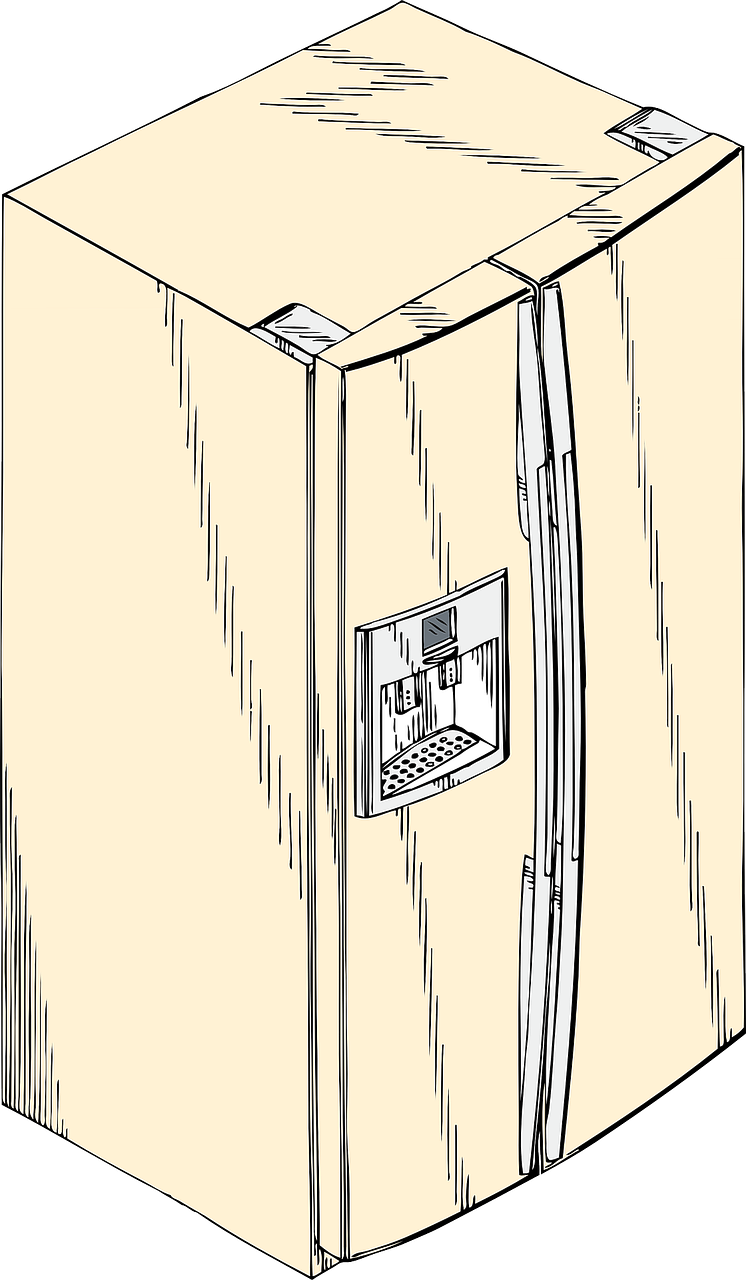DIY refrigerator repair can be a cost-effective and rewarding experience, but it’s important to understand the type of refrigerator you have, as well as the common symptoms that all refrigerators may experience. In this article, we will discuss the different types of refrigerators, as well as the common symptoms that all refrigerators may experience.

Refrigerator Type
There are three main types of refrigerators: top-mount refrigerators, side-by-side refrigerators, and bottom-mount refrigerators. Each type has its own unique design and features, which can affect how the refrigerator is repaired.
Top-Mount Refrigerators
Top-mount refrigerators have the freezer compartment on top and the refrigerator compartment on the bottom. These types of refrigerators are the most common and are generally the easiest to repair. Common problems with top-mount refrigerators include a malfunctioning thermostat, a clogged defrost drain, and a faulty compressor. To repair these problems, the thermostat can be replaced, the defrost drain can be cleaned, and the compressor can be checked for proper operation.
Side-By-Side Refrigerators
Side-by-side refrigerators have the freezer and refrigerator compartments next to each other. These types of refrigerators are becoming more popular, but they can be more difficult to repair. Common problems with side-by-side refrigerators include a malfunctioning ice maker, a clogged water filter, and a faulty compressor. To repair these problems, the ice maker can be replaced, the water filter can be cleaned or replaced, and the compressor can be checked for proper operation.
Bottom-Mount Refrigerators
Bottom-mount refrigerators have the freezer compartment on the bottom and the refrigerator compartment on top. These types of refrigerators are less common, but they can be more difficult to repair. Common problems with bottom-mount refrigerators include a malfunctioning thermostat, a clogged defrost drain, and a faulty compressor. To repair these problems, the thermostat can be replaced, the defrost drain can be cleaned, and the compressor can be checked for proper operation.
Symptoms Common to All Refrigerators
Despite the different types of refrigerators, there are some symptoms that are common to all refrigerators. These include:
- The refrigerator is not cold enough
- The refrigerator is making strange noises
- The refrigerator is leaking water
- The refrigerator is not defrosting
- The refrigerator’s light is not working
If you experience any of these symptoms, it’s important to troubleshoot the problem and determine the cause. In some cases, the problem may be a simple fix, such as cleaning the condenser coils or replacing a worn door seal. In other cases, the problem may be more complex, such as a malfunctioning compressor or control board.
- The refrigerator is not cold enough: This can be caused by a malfunctioning thermostat, a dirty condenser coil, or a faulty compressor. To fix this problem, check the thermostat and adjust it to the correct setting if necessary. Clean the condenser coils to remove any dust or debris. If the compressor is not working, it may need to be replaced.
- The refrigerator is making strange noises: This can be caused by a worn out compressor, a malfunctioning fan, or a problem with the evaporator. To fix this problem, check the compressor and replace it if necessary. Inspect the fan and clean it or replace it if it is dirty. Make sure the evaporator is functioning properly.
- The refrigerator is leaking water: This can be caused by a clogged defrost drain, a malfunctioning water dispenser, or a problem with the door seal. To fix this problem, clean the defrost drain to remove any blockages. Check the water dispenser for leaks and repair or replace it if necessary. Check the door seal and replace it if it is worn or damaged.
- The refrigerator is not defrosting: This can be caused by a malfunctioning defrost thermostat or timer, a clogged defrost drain, or a faulty evaporator fan. To fix this problem, check the defrost thermostat or timer and replace it if necessary. Clean the defrost drain to remove any blockages. Check the evaporator fan and make sure it is functioning properly.
- The refrigerator’s light is not working: This can be caused by a blown bulb, a faulty light switch, or a problem with the electrical wiring. To fix this problem, replace the light bulb if it is blown. Check the light switch and replace it if it is faulty. Inspect the electrical wiring and make sure it is connected properly.
It’s worth noting that some of the above solutions may require specific tools and skills, if you’re unsure about your ability to repair your refrigerator, it’s always best to call in a professional.
In Conclusion, DIY refrigerator repair can be a cost-effective and rewarding experience, but it’s important to understand the type of refrigerator you have and the common symptoms that all refrigerators may experience. Keep in mind that refrigeration repair may require specific tools, skills, and knowledge, and if you’re unsure about your ability to repair your refrigerator, it’s always best to call in a professional.
